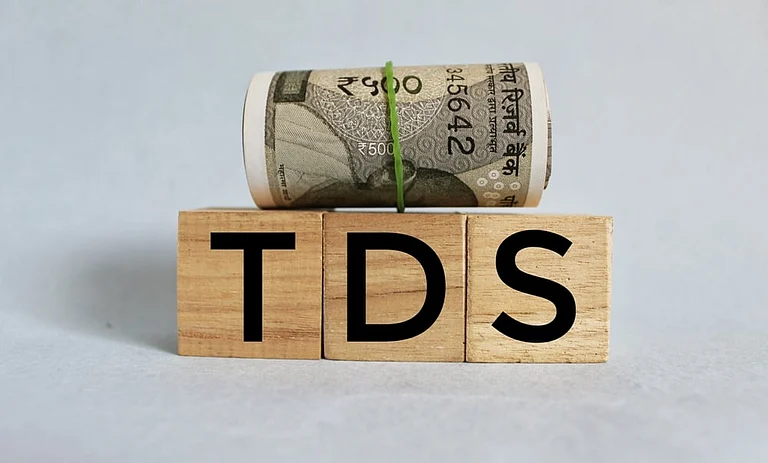Foreign remittances of Indian residents through the Reserve Bank of India’s (RBI) Liberalised Remittance Scheme (LRS) dipped drastically in February 2025.
According to data released by the RBI, the remittances for the month were recorded at $1.96 billion, which is down 29 per cent compared to $2.77 billion a month ago. This steep decline has also raised eyebrows regarding shifting trends in spending remittance funds, particularly on such expenditures as travel and education.
Perhaps one of the strongest reasons for this decline is an unexpected drop in the amount of money sent abroad for travelling and education. Remittances for travel suffered a sharp decline of 33.77 per cent, dipping to $1.09 billion in February from $1.65 billion in January 2025. The remittance for overseas education also witnessed an enormous fall of over 50 per cent, with outflow in February recorded at $182 million, down from $368 million in January 2025.
These declines in remittances for overseas education and travel are, in turn, associated with an evident decline in the number of Indian students going abroad for higher education.
According to recent media reports, number of Indian students going abroad for higher education, especially to destinations, such as Canada, the US and the UK, has dropped for the first time in four years. Data shows that the numbers of Indian students who have been issued study permits in these countries have fallen by at least 25 per cent in 2025, thereby reducing the flow of funds to other countries for education purchase.
Even though travel and education spending bore the brunt, investment remittances saw a significant growth. Investment remittances made in equity and debt grew sharply, to $173.84 million during February 2025, up from $104.98 million in January. This represents a shift to greater interest by Indians in overseas investment opportunities.
The decline in remittances overlaps with the period when the Indian government announced changes in taxation with regards to LRS transactions.
Union Budget 2025 increased the Tax Collected at Source (TCS) threshold to Rs 10 lakh from Rs 7 lakh. The change was expected to boost the foreign exchange and tourism sectors by imparting a stimulus to outbound travels, education, and the aviation sector. Under the new guidelines, clients making remittances through LRS can now deploy up to $2.5 lakh each year for economic purposes such as overseas education and overseas medical treatment, acquisition of overseas real estate, or even purchases of foreign security.
For the general public, TCS is not a tax payable as it becomes refundable upon filing of income tax returns (ITR). The TCS rates on some LRS transactions were also amended in the Budget 2023-24. Foreign tour package now attracts a 20 per cent TCS, an increase from 5 per cent, from October 1, 2023. It should be noted that foreign credit card expenditures are outside the purview of this new taxation rule.
The broader picture of outward remittances show a large shift in trend. The absolute amount of LRS transactions through the year to March 2025 stood at $31.73 billion of which travel contributed to over half of the outgo. Indeed, travel emerged as the top reason for remittances and contributed close to $17 billion to the overall sum. This is a stunning leap from mere 1.5 per cent of total remittances in FY24. Alternatively, student remittances during the year 2024 amounted to $3.47 billion.
While foreign remittances still form a significant component of India's global financial transactions, recent trends suggest a shift in the fields of investment for these resources. Decrease in travel and education remittances accompanied by growth in investment-based transactions signifies a shift in spending by Indians of their foreign currency.










